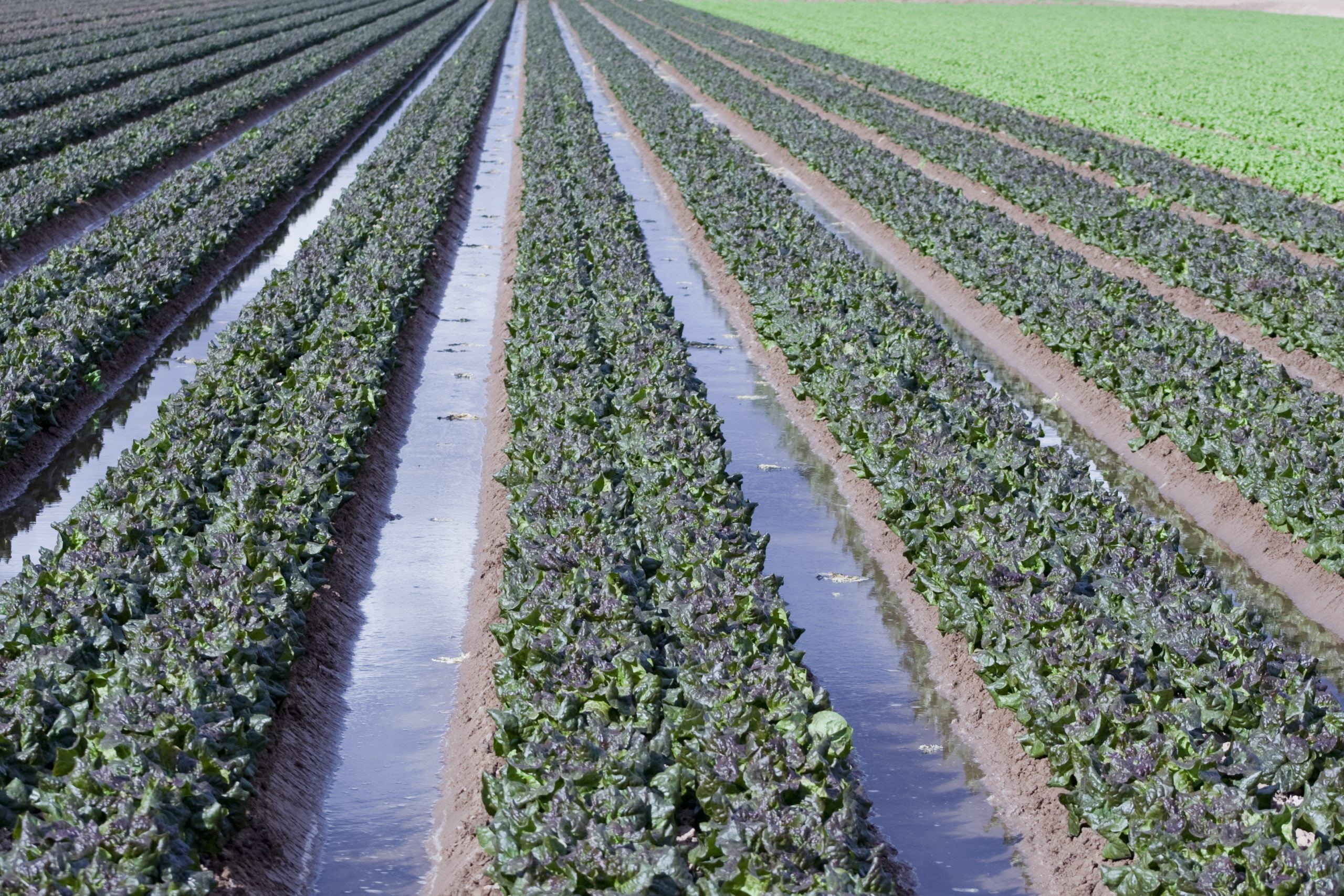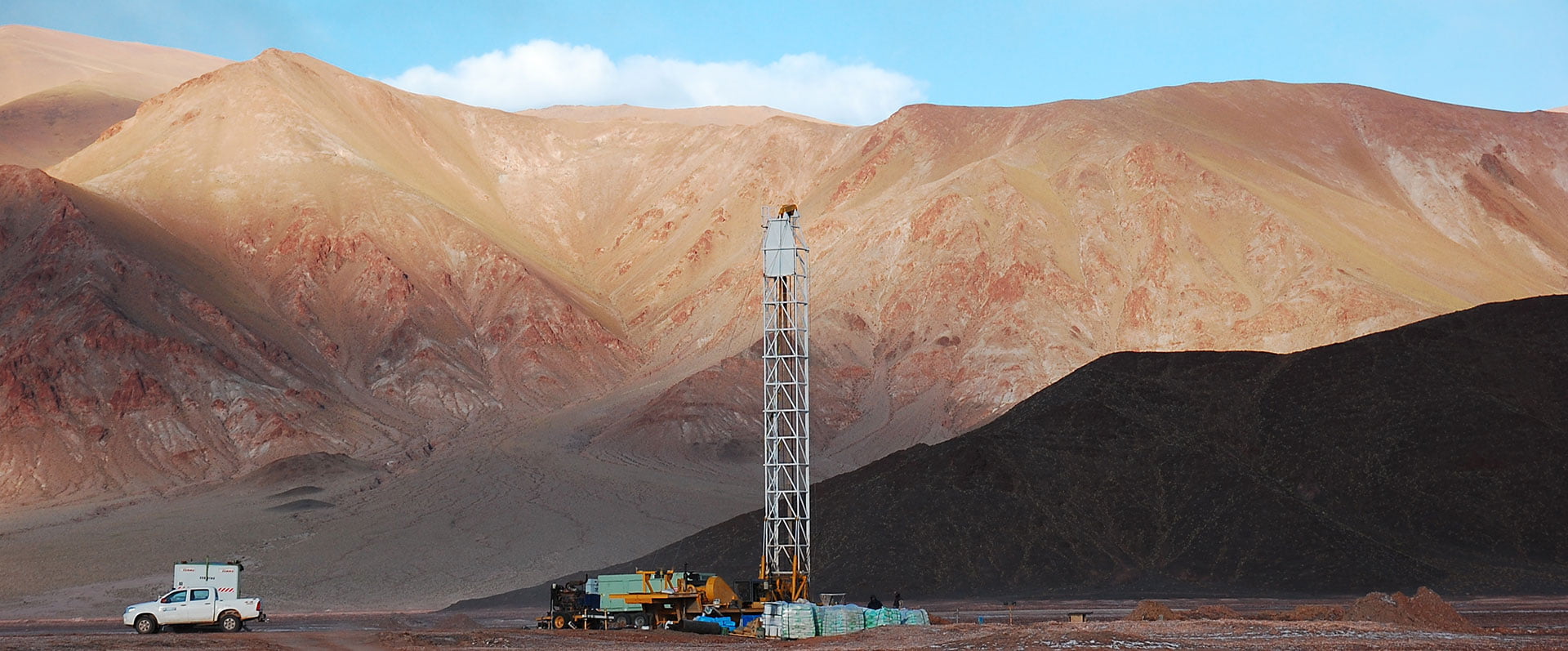Lithium, commonly used in batteries, has become a critical resource with the proliferation of electric vehicles, cell phones, and solar power systems. According to an article in Mining Technology, “Lithium is a red-hot topic, given its status as one of the most important materials in the green energy future.”[1] Since 2009, Montgomery & Associates (M&A) has worked on various lithium and brine resources projects in Argentina, Chile, Mexico, Nevada, and Utah. M&A principal hydrogeologist Michael Rosko, P.G., functions as a Qualified Person (QP) under Canadian (NI 43-101) and Australasian (JORC) programs for the estimation of lithium Resources and Reserves in brine deposits.
The USGS estimates that 58% of the world’s lithium is found in closed-basin brines.[2] As water flows over and through the geologic formations in porous- and fractured-rock aquifers, various elements are dissolved from the rock. In closed basins, which do not allow outflow to external bodies of water, the water flows toward the lowest part of the basin, evaporates, and leaves the dissolved elements behind. In certain closed basins, groundwater can become so concentrated in total dissolved solids (TDS) that it exceeds the salinity of seawater and forms brine. In South America, such basins are known as “salars,” from the Spanish verb meaning “to salt.” Lithium can also become concentrated in these salars, sometimes in sufficient quantities to make it economical to mine.
Mineral-enriched brines present a variety of unique hydrogeologic challenges for exploration, characterization, and quantifying a deposit as a Mineral Resource and Mineral Reserve (MRMR) according to industry standards. Developing an MRMR estimate for a lithium brine deposit entails several steps, which include developing the conceptual model of lithium deposition, exploring for and quantifying the resource, and designing the extraction method. An accurate estimate hinges on understanding the spatial variability of fluid density and the dissolved mineral concentrations; such investigations should occur before, during, and after the mining period. Equally important is determining the hydraulic parameters of the host aquifer and the potential for freshwater sources to dilute the mineral deposit during extraction.
A deposit can be upgraded from Mineral Resource to Mineral Reserve by experts who attest to the project’s economic viability. Generally, this upgrade requires professionals from a variety of disciplines in addition to hydrogeology, including engineering, environmental permitting, law, and economics. From a hydrogeologic perspective, the work may include field studies and analyses of extraction wells, which are generally used to mine brines.

M&A Experience
Examples of M&A’s work in brine resources in Argentina include the Sal de Vida Project, where we provided hydrogeologic services in accordance with guidelines of the Canadian Securities Administrators National Instrument (NI) 43-101 and the Australasian Joint Ore Reserves Committee (JORC) since 2009. Like most of M&A’s projects in Argentina, the work consisted of planning and supervising brine resource exploration and development, 3D geologic modeling, flow and transport groundwater modeling with density effects, and estimation of lithium and potassium brine resources and reserves. Recently, Orocobre Ltd. announced merging with Galaxy Resources Ltd., to create “one of the world’s biggest producers of lithium.”[3]
Our work for Salar de Ratones and Salar de Centenario, which has been ongoing since 2012, includes designing and managing hydrogeological investigations to characterize and estimate the lithium brine resources and completing technical reports that comply with international reporting standards. We have completed brine mineral resource due-diligence investigations for many projects in Argentina and Chile. For the Cauchari Project, M&A conducted re-evaluation of the brine resource using the client’s existing groundwater flow model with minor modifications. We prepared a new resource block model and new numerical groundwater flow model. In the United States, specifically Nevada, we have characterized lithium-enriched brine for an inferred mineral resource estimate, planned and led exploration drilling, testing, and sampling, and prepared technical reports.
Other representative projects include the following:
- Enami (2020 – present): characterization of several salar concessions via evaluation of surface geophysical studies, surface sampling, and exploration drilling in Northern Chile.
- SQM (2019 to present): supporting development of updated Resource and Reserve estimates via groundwater flow and block modeling.
- International Lithium Corporation, Mariana Project (2017-present): developed a regional and local water balance for the project and supported both brine and freshwater exploration work; developed 3D numerical flow model with density and flow and transport packages.
- POSCO, Salar de Hombre Muerto, Argentina (2017-present): work includes characterizing lithium enriched brine for eventual mineral resource estimate, planning exploration drilling, testing, and sampling, and technical reporting of Resources and Reserves at NI 43-101 level.
- Wealth Minerals, Various locations in Chile (2017-present): characterization of several concessions via evaluation of surface geophysical studies and exploration drilling.
- Lithium Chile (2019–present): characterization of several lithium prospects in Chile.
- Ausenco/Codelco (2019/2020); third party review of the Maricunga project with respect to methodology and reliability of resource and reserve estimates.
In summary, lithium brine exploration and extraction continues to be an industry that is growing. The industry is at a point where consolidation of companies and projects is occurring with more frequency with multi-million-dollar price tags. M&A anticipates that our involvement in the lithium industry will continue as many projects move toward production and wellfield management and the smaller salars continue to be explored.
[1] Evans, S. 2021. Mining Technology. https://www.mining-technology.com/features/lithiums-water-problem/
[2] Bradley, Dwight and Jaskula, Brian, 2014, Lithium – For Harnessing Renewable Energy: U.S. Geological Survey Fact Sheet 2014-3035, 2 p., http://pubs.usgs.gov/fs/2014/3035/
[3] Hoyle, R. and Winning, D. 2021. https://www.wsj.com/articles/lithium-miners-ink-3-billion-merger-as-demand-for-electric-vehicles-booms-11618827032










